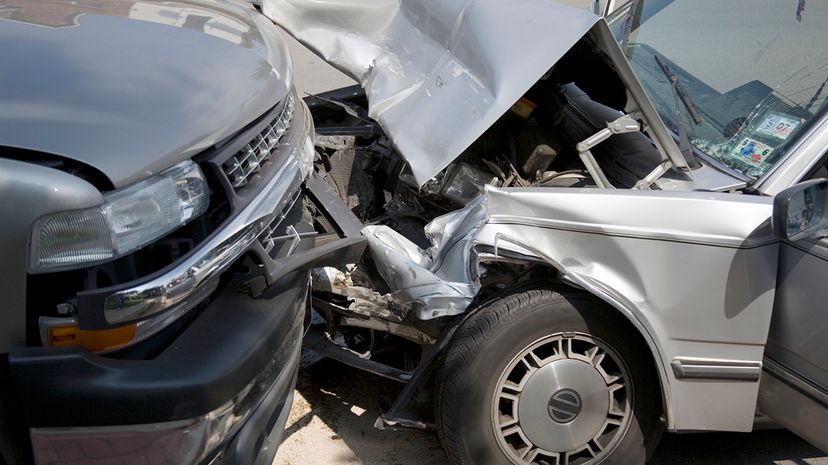
The road for left-handers, in this overwhelmingly right-handed world we live in, has never been an easy one to travel. Especially, it seems, when it comes to driving on an actual road.
Sure, lefties mostly motor their way through life just as well as the rest of us. Mozart and Beethoven, Michelangelo and da Vinci, Gates and Zuckerberg, Clinton and Obama all have proven that.
Advertisement
But let's face it. A most-trusted sidekick is not called a "left-hand man". People who stumble out of left field on two left feet ... yeah, you want no part of them.
Everyday tasks like writing can be an absolute mess for lefties. Opening a can with a hand can-opener? Using scissors? A nightmare.
All sorts of studies have been done on handedness and mortality, with early research (25 years or older) suggesting that lefties die younger. Those findings have been roundly challenged, even discounted by many scholars since then. But new studies pop up all the time showing that lefties are, at the least, more prone to accidents, both on the road and off it.
So, back to driving: Nothing is ever completely proven, but to be on the safe side, it might be best to use a little more caution, lefties.
A survey by an insurance company in the U.K. last year found that left-handed drivers get in more serious accidents than righties, and speed more often. That survey might not hold up to scientific scrutiny. But that doesn't mean it isn't right.
And by right, we mean correct.
Advertisement


